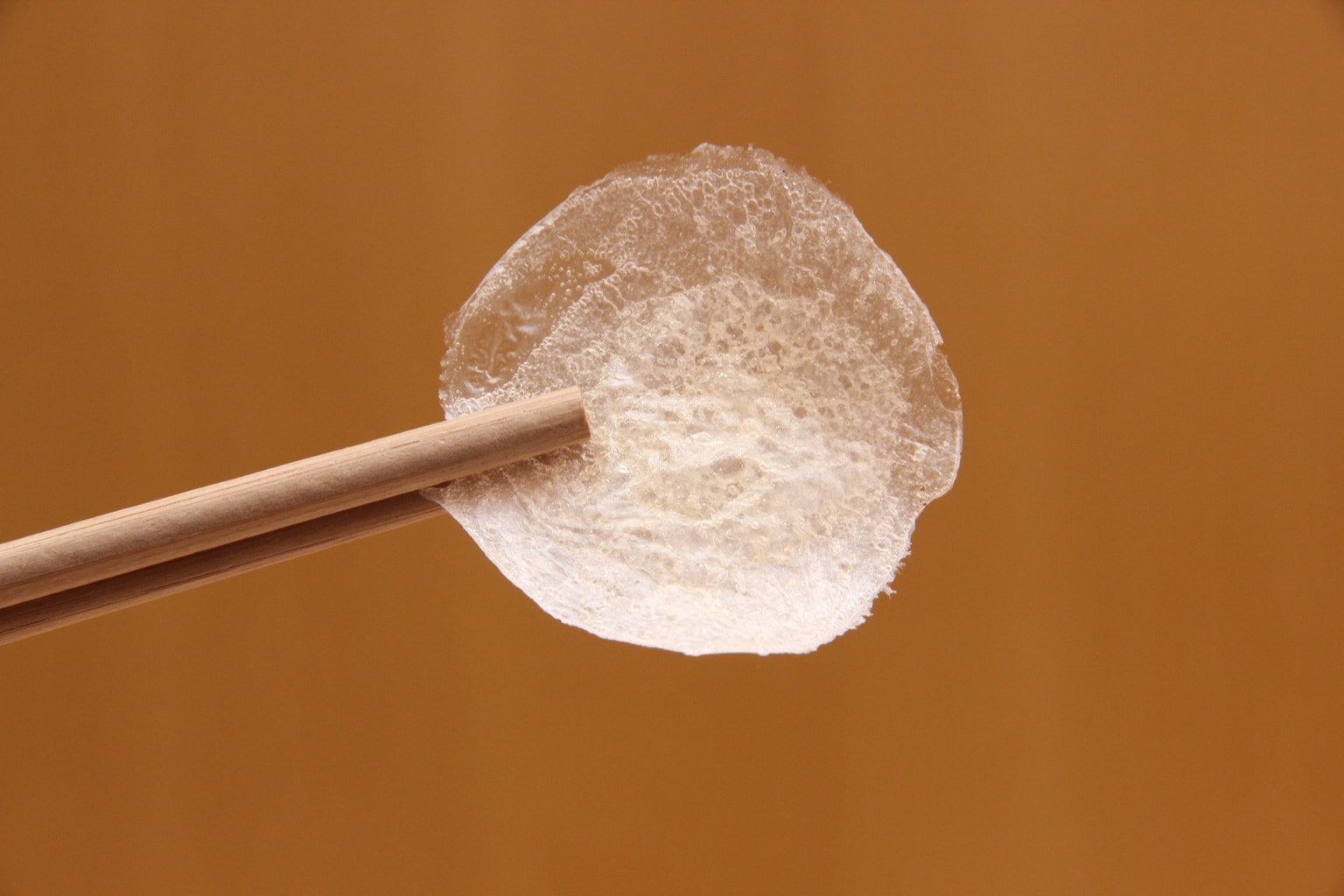The production team behind Tokyo Weekender is proud to share its latest special project, Made in Japan. In this second edition – you can see the first edition here – we dive into the various interpretations of Japanese neo-craftsmanship, from cutting-edge tech to niche subcultures and obsessions.

What Is Neo-craftsmanship and Why Should You Care?
These days, almost anything is obtainable at the click of a button. Mass production and continued globalization have made affordable items accessible to people in all places, and from all income brackets. This is, in many ways, a good thing. In others — taking the newly coined Vimes Boots Index as an example — it increases socioeconomic unfairness through the provision of cheap, poorly made items that require replacement every few years. Eventually, the continuous purchasing of inferior goods outweighs the cost of buying a more expensive, well-made item, once.
However, contemporary economic policies and modern inventions are not the enemies of traditional craftsmanship: They are, in fact, the very opposite. The neo-craftsmanship movement embraces the amalgamation of technological advancements and traditional practices. Why, you ask? Because artisans have always been innovators. Whether carving their own tools to perfect a design or incorporating aesthetics inspired from recent discoveries, craftspeople have always made use of both the old and the new.
Innovation has always been at the heart of craftsmanship and is an integral, ever-evolving aspect of the art. In this issue, we champion neo-craftsmanship in its various forms, as do many — if not all — of the artisans, businesses and inventors featured. They remind us that new ideas and old traditions are like the warp and weft of the tapestry that makes up our lives and shapes our culture. Without one, we would remain stagnant. Without the other, there would be no foundation on which to build. Together, they create our future.
Browse Made in Japan Vol. 2 below:
Updated On January 30, 2023









